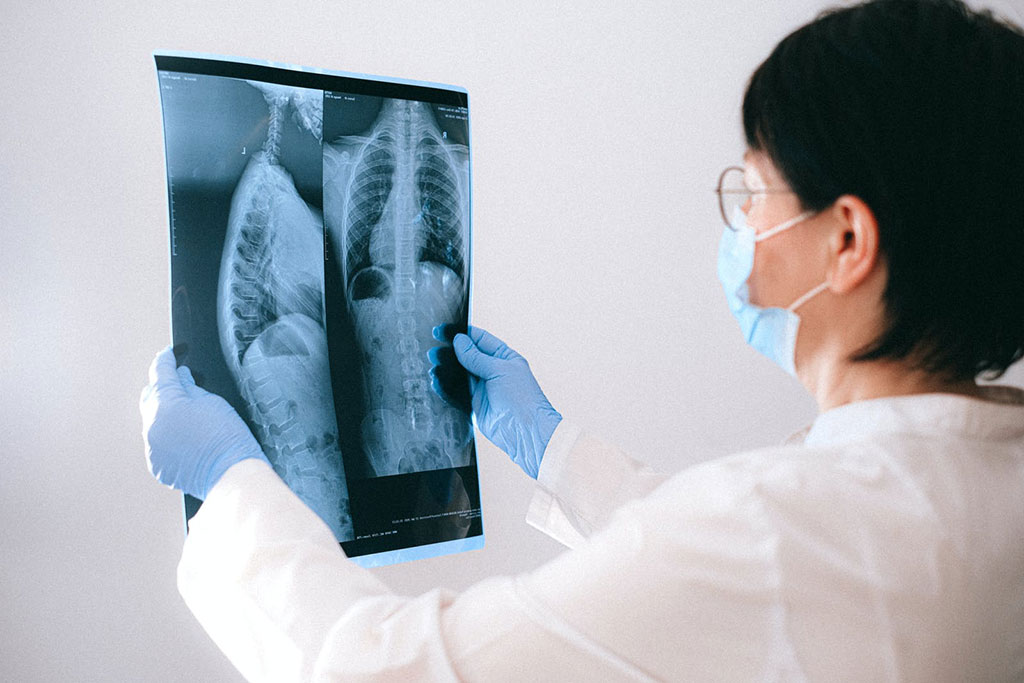CT Lung Imaging Combined with Machine Learning Predicts Further COPD Care
Posted on 24 Jun 2022
Healthcare utilization in chronic obstructive pulmonary disease (COPD) patients is a growing concern. Patients with COPD are more likely to utilize healthcare services, have higher rates of hospitalizations and hospital readmissions, and higher rates of mortality. Hence, predicting increased risk of future healthcare utilization in COPD patients is important for improving patient management. Now, a new study has found that healthcare utilization could potentially be predicted in mild COPD patients using computed tomography (CT) lung imaging and machine learning.
The study by researchers at the Toronto Metropolitan University (Toronto, ON, Canada) aimed to determine the importance of CT lung imaging measurements relative to other demographic and clinical measurements for predicting future health services use with machine learning in COPD. In the retrospective study, the researchers evaluated lung function measurements and chest CT images of 527 COPD participants from 2010 to 2017. Up to two follow-up visits (1.5- and 3-year follow-up) were performed and participants were asked for details related to healthcare utilization. Healthcare utilization was defined as any COPD hospitalization or emergency room visit due to respiratory problems in the 12 months prior to the follow-up visits.

The researchers found that out of the 527 COPD participants evaluated, 179 (35%) used healthcare services at follow-up. There were no significant differences between the participants with or without healthcare utilization at follow-up for age, sex, BMI or pack-years. The accuracy for predicting subsequent healthcare utilization was 80% when all measurements were considered, 76% for CT measurements alone and 65% for demographic and lung function measurements alone. Based on these findings, the researchers concluded that a combination of CT lung imaging and conventional measurements leads to greater prediction accuracy of subsequent health services use than conventional measurements alone, and may provide needed prognostic information for patients suffering from COPD.
Related Links:
Toronto Metropolitan University














